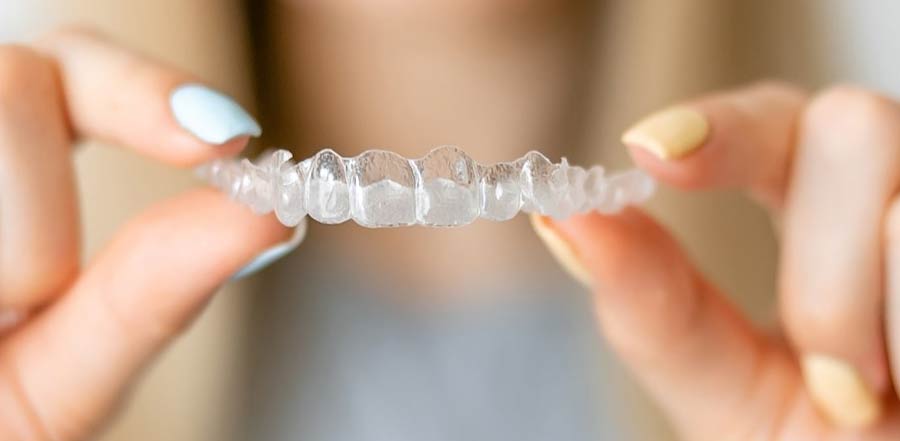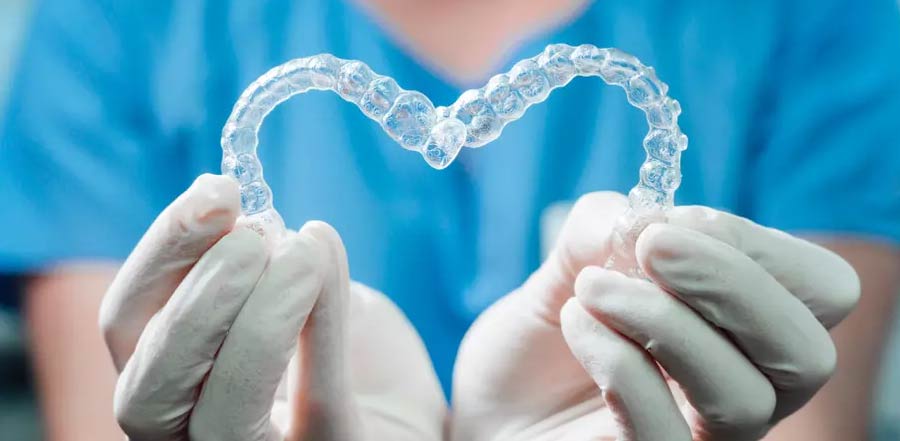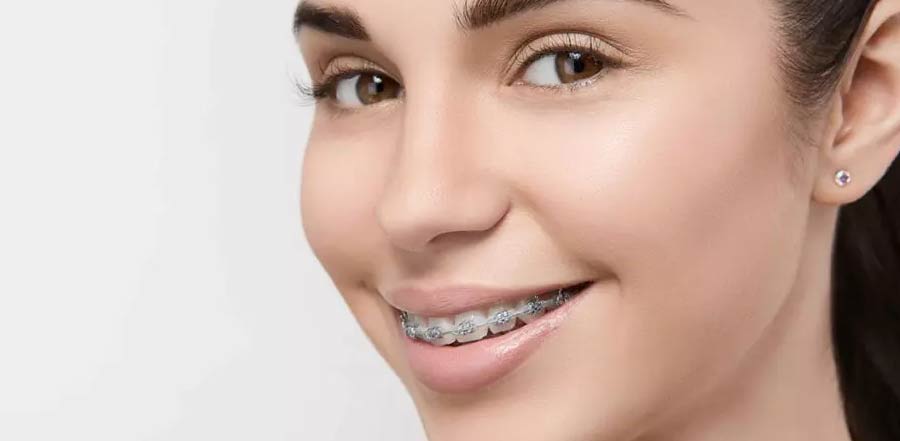Clear Aligners in or near Pembroke Pines
The number of orthodontists in Pembroke Pines, Fl has grown exponentially in recent times. Despite this fact more and more families are choosing Lakes-Ortho.Com over any other practices. When you are thinking of trying Invisalign? You need to call Dr. Carmen Briceño Crespi at Lakes-Ortho.Com. With so many orthodontic preferences that are now existing; if you do not already have one, a beautiful smile is one you can have over time with Clear Aligners in or near Pembroke Pines. Invisalign is an alternative to wire braces, but uses clear aligners that adjusts the teeth incrementally. The process requires a technician to take an pattern of the patient’s teeth in order to make a computerized model. With a treatment plan from the doctor, a model forms forms that include the current position all the way to the desired position, that is how the individual aligners are made. All of that being said, not all orthodontic patients are ideal for Invisalign. There are measures to be met to confirm that you are a fit for Invisalign. At Lakes-Ortho, we don’t just issue Invisalign to all patients because they ask for it. Dr. Crespi has been a practicing orthodontist since 2007, so rest assured you are in expert hands.
Getting Clear Aligners in or near Pembroke Pines, Florida
Anyone looking for a high quality dentist to offer them the best Clear Aligners in Pembroke Pines, Florida should consider Dr. Carmen Briceño Crespi of Lakes-Ortho.Com. Because Dr. Carmen Briceño-Crespi is an award-winning, board-certified, orthodontist specialist is in Miami, residence from all over Dade and Broward County come to her dental office to find top Clear Aligners in Pembroke Pines, Florida whether it be Invisalign or Braces. Although dentist are offering Invisalign, people need to be careful of this trend. Residence should only get orthodontic treatment from an orthodontist, and honestly not all dentist are orthodontists. If you are considering Invisalign, be mindful that it may not be the best fit for you. However, Dr. Briceño Crespi will still work with you to get you on your way to a attractive smile by vouching for the best option for you.
Clear Aligners in Pembroke Pines Related Article
Looking For Braces In South Florida?
Well, you are lucky because Miami Lakes is the hometown of South Florida’s premier orthodontic specialist, Dr. Carmen Briceño Crespi. Her practice, Lakes Orthodontics, is dedicated [...]
Invisalign Vs. Braces For Adults
Which type of orthodontic treatment should you choose to help you fix your teeth and get the beautiful smile that you have always wanted? We are [...]
Does Invisalign Really Work?
This is a question that I get all the time from patients, and it is a very valid question as, after all, you are going to [...]





